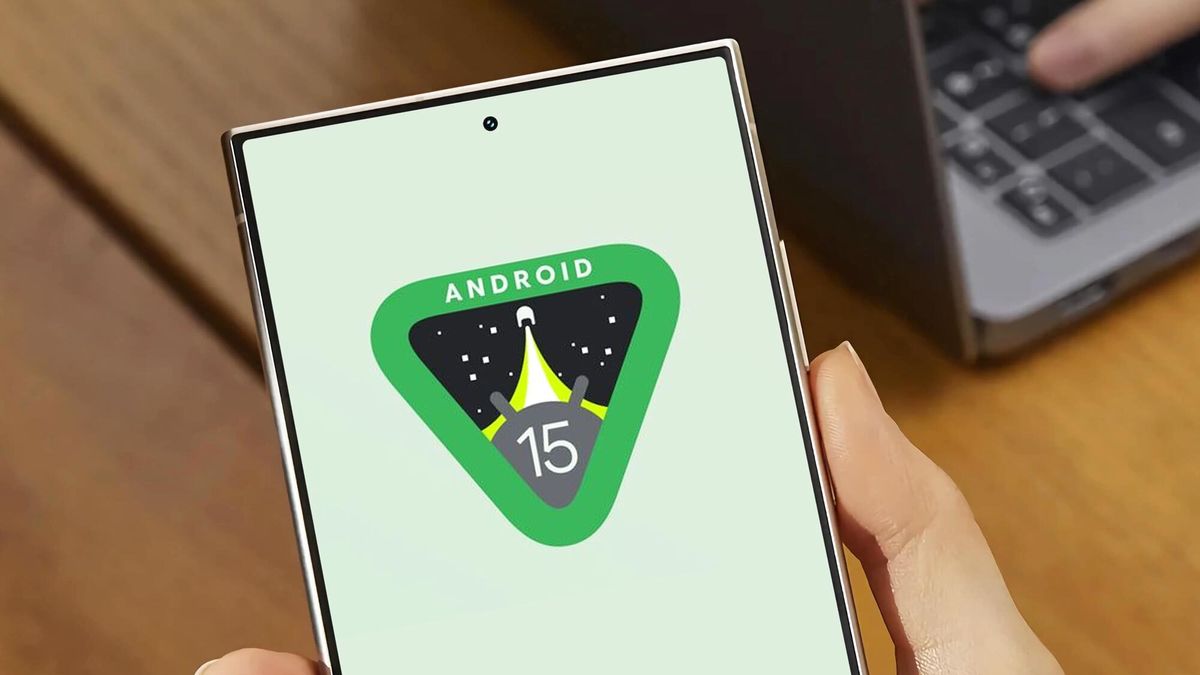There has been a quiet shift in the last couple of years with Android devices as new phone updates have been extended. For years, it was risky to keep an Android phone longer than two or three years because it wasn’t guaranteed that it would continue to receive operating system and security updates beyond that.
Google kicked off the changes in 2023 when the Mountain View company announced that the Pixel 8 lineup would have seven years of guaranteed Android and security updates. The company extended that support to the mid-range Pixel 8a this year when it was announced in May. The Pixel 9 series, launched in August, is also guaranteed seven years of support.
Samsung updated its policies with the arrival of the Galaxy S24 lineup and has kept up with the new foldable phones, with the Galaxy Z Flip 6 and Fold 6 gaining the same schedule.
These changes are part of a long-gestating program created by Google in 2020 called “Google Requirements Freeze” (GRF). That program enables chip makers, like Qualcomm, to support multiple operating system versions on a single SoC, which means that manufacturers do not need to update software for at least three versions of Android.
Recently, as Android Authority’s Mishaal Rahman highlighted, Google has extended that program with a new Longevity GRF program.
What is different about LGRF?
For a more technical breakdown, Rahman gets into the nitty-gritty of Android kernel software and how Google “freezes” vendor requirements to elongate support timelines.
At its simplest, LGRF enables a chip maker like MediaTek to use the same “vendor-side” software for up to seven Android iteration updates. For example, Android 15 just launched this October; next year’s Samsung Galaxy S25 Ultra could potentially get OS updates to Android 22 (assuming Google keeps that branding) without requiring significant software changes from Qualcomm.
With LGRF, for the first three years, so Android 15 through 17, OEM software stays “frozen.” After that, they must update the Linux kernel to get Google certification, which ensures up-to-date security updates. That update would be a major one, preventing manufacturers from missing necessary interim patches.
During the Snapdragon Summit this week, Qualcomm announced the Snapdragon 8 Elite, the first system-on-chip to take advantage of LRGF. Presumably, MediaTek’s flagship Dimensity 9400+, which was announced in early October, could support LRGF as Dimensity chips power a number of Android devices, but we could not find information about how many updates or patches the chip will offer.
According to Rahman, LRGF does have at least one major drawback. The program discourages OEMs from supporting new hardware features added to newer iterations of Android. Specifically, a phone can’t be released with an Android version that is four updates ahead of the original software from the chip maker. This is meant to prevent manufacturers from shipping devices that might only receive two or three updates rather than seven.
For example, from Rahman, a phone frozen at Android 11 wouldn’t be able to use features like the flashlight brightness API released for Android 13, as it would require updates to the vendor software.
That is an issue under the previous GRF standard, and it’s unclear from the report if there is a solution for this issue or if updates after the initial freeze period would enable newer but delayed features to work.
Google has not publicly relayed any of this information. Rahman received his information from a source who attended an event for OEMs earlier this year.

